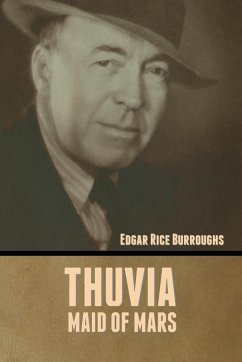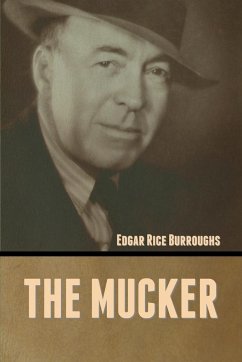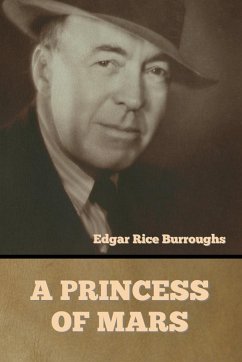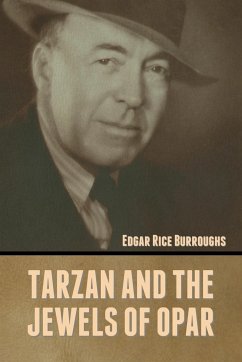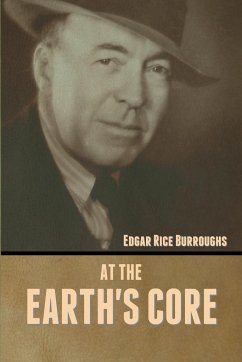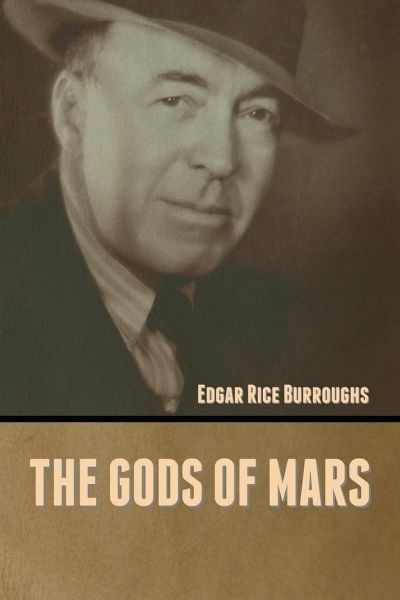
The Gods of Mars
Versandkostenfrei!
Versandfertig in 1-2 Wochen
17,99 €
inkl. MwSt.

PAYBACK Punkte
9 °P sammeln!
The Gods of Mars is a science fantasy novel by American writer Edgar Rice Burroughs and the second of Burroughs' Barsoom series. It features the characters of John Carter and Carter's wife Dejah Thoris. It was first published in The All-Story as a five-part serial in the issues for January-May 1913. It was later published as a complete novel by A. C. McClurg in September, 1918 and in many editions subsequently. Burroughs's vision of Mars was loosely inspired by astronomical speculation of the time, especially that of Percival Lowell, who saw the planet as a formerly Earthlike world now becomin...
The Gods of Mars is a science fantasy novel by American writer Edgar Rice Burroughs and the second of Burroughs' Barsoom series. It features the characters of John Carter and Carter's wife Dejah Thoris. It was first published in The All-Story as a five-part serial in the issues for January-May 1913. It was later published as a complete novel by A. C. McClurg in September, 1918 and in many editions subsequently. Burroughs's vision of Mars was loosely inspired by astronomical speculation of the time, especially that of Percival Lowell, who saw the planet as a formerly Earthlike world now becoming less hospitable to life due to its advanced age, whose inhabitants had built canals to bring water from the polar caps to irrigate the remaining arable land. Lowell was influenced by Italian astronomer, Giovanni Virginio Schiaparelli, who in 1878, had observed features on Mars he called canali (Italian for "channels"). Mistranslation of this into English as "canals" fuelled belief the planet was inhabited. The theory of an inhabited planet with flowing water was disproved by data provided by Russian and American probes such as the two Viking missions which found a dead, frozen world where water does not exist in a fluid state. The Valley of Dor, with the ring of cliffs around it and Sea of Korus within it, is placed in a mile-deep crater at Mars' South Pole. However, Burroughs makes a mistake in that he has the sun rise in the east and set in the west as elsewhere in the planet, and the moons are visible from the Valley. In reality, at the South Pole, Mars' moons would not be seen, and the sun would not rise in the east and set in the west (all directions away from the Pole are "north" in any case), but instead ring the cliffs for half the Martian year, and leave the area shrouded in darkness for the other half of the Martian year. In addition, unlike what one would expect at the south pole of Mars, the temperature in the Valley of Dor is mild and temperate, and although that may be accounted for by its being in a deep crater, the temperature in the Therns' fortress on the surrounding cliffs does not appear to be all that cold either. (wikipedia.org)







